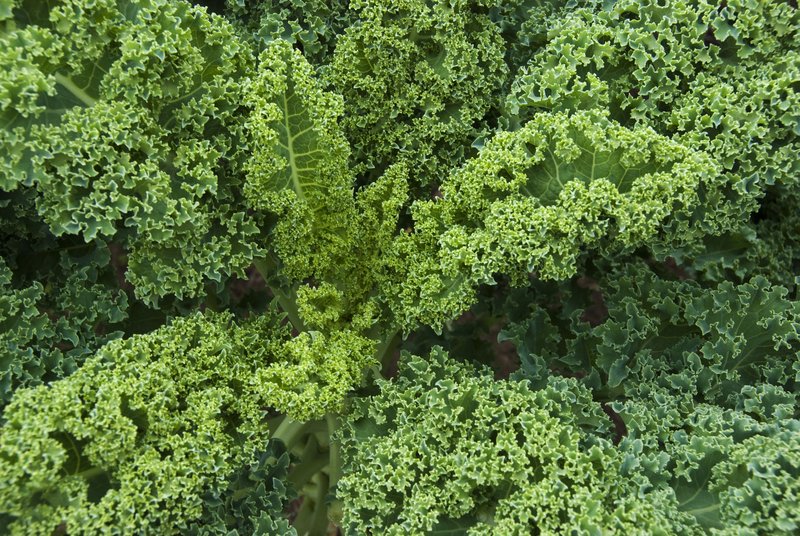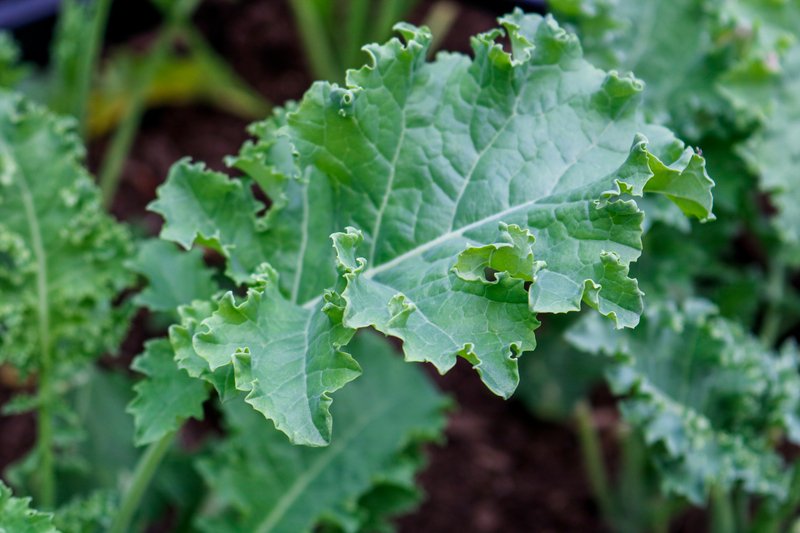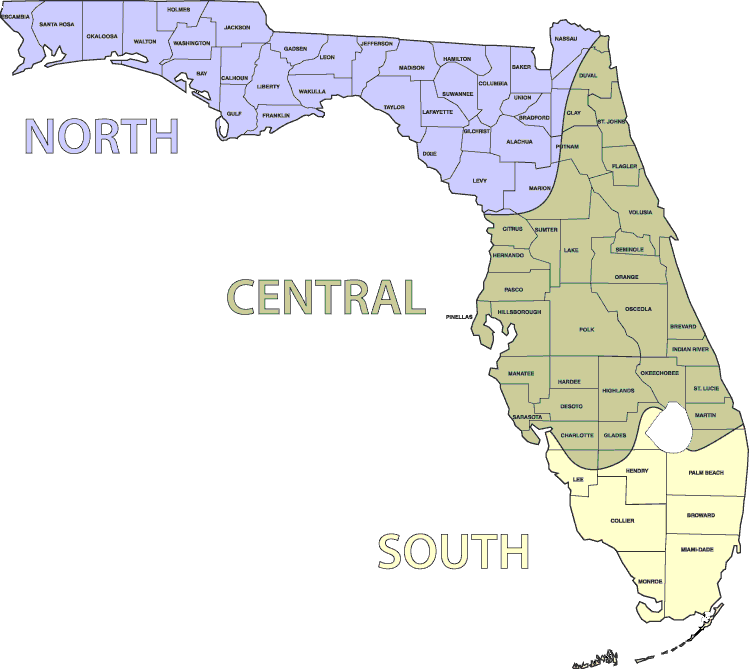Kale Varieties for Florida
Kale, with its curly or flat leaves and rich green hues, brings a vibrant and nutritious presence to any garden. This leafy green is known for its hardy nature and high nutritional value, offering a variety of textures and flavors depending on the variety. Its lush, frilly leaves make kale an attractive addition to garden beds, containers, or even as part of ornamental garden displays.
In Florida planting zone 9, kale thrives, particularly during the cooler months. The plants grow into robust, bushy forms, with leaves that can be harvested continuously throughout the growing season. Watching these vibrant greens flourish is a satisfying experience, showcasing the bounty of your garden.
For those new to gardening, kale is an excellent choice. It is relatively easy to grow and provides a steady supply of nutritious leaves. Whether you enjoy it in salads, smoothies, or cooked dishes, kale brings a hearty and healthy addition to your meals, making your gardening efforts truly rewarding.
I would give kale a 5 out of 5 on how easy it is to grow. It is very easy to cultivate and manage, making it perfect for beginners and experienced gardeners alike.
Lacinato (Dinosaur Kale)
Heirloom

Description: Lacinato kale, also known as Dinosaur kale or Tuscan kale, is known for its dark blue-green, bumpy leaves and rich, earthy flavor. It is a versatile variety suitable for salads, soups, and cooking.
Growing Season: Fall and Winter
USDA Planting Zone: 3-9
Special Notes: Very cold-tolerant and performs well in cooler weather. Its unique texture and flavor make it a favorite among chefs and gardeners.
Red Russian
Heirloom

Description: Red Russian kale features flat, tender leaves with purple veins and a slightly sweet flavor. It is a hardy variety that can withstand both cold and heat.
Growing Season: Fall and Winter
USDA Planting Zone: 4-9
Special Notes: Its tender leaves make it ideal for salads and light cooking. It is also very attractive and can be used ornamentally.
Winterbor
Hybrid

Description: Winterbor is a hybrid kale variety known for its curly, blue-green leaves and excellent cold tolerance. It produces high yields and has a mild flavor.
Growing Season: Fall and Winter
USDA Planting Zone: 3-9
Special Notes: Resistant to frost and performs well in colder temperatures, making it a reliable choice for winter gardens.
Dwarf Blue Curled
Heirloom

Description: Dwarf Blue Curled kale is a compact variety with finely curled, blue-green leaves. It has a sweet, mild flavor and is ideal for small gardens and containers.
Growing Season: Fall and Winter
USDA Planting Zone: 3-9
Special Notes: Very hardy and performs well in cooler weather. Its compact size makes it suitable for container gardening.
Siberian
Heirloom

Description: Siberian kale is known for its large, tender leaves and mild flavor. It is very cold-tolerant and can survive in extremely low temperatures.
Growing Season: Fall and Winter
USDA Planting Zone: 3-9
Special Notes: Performs well in colder climates and can be harvested throughout the winter. It has a sweeter taste after exposure to frost.
Florida Vegetable Planting Guide
This guide provides information on when to start seeds inside, direct seed, and transplant starter plants in the different regions of Florida.
North USDA Planting Zones: 8b-9a
Central USDA Planting Zones: 9b & some of 10a
South USDA Planting Zones: 10a-11b
Visit the U.S. National Arboretum for an Exact USDA Planting Zone Map.

| Kale | North Florida | Central Florida | South Florida |
|---|---|---|---|
| Start Seeds Inside | Aug-Sep | Aug-Sep | Aug-Sep |
| Direct Seed | Sep-Feb | Sep-Feb | Oct-Feb |
| Transplant Starter Plants | Oct-Mar | Oct-Mar | Oct-Mar |
Explanation:
Start Seeds Inside: Starting kale seeds indoors provides a controlled environment for germination, leading to robust seedlings ready for transplanting.
Direct Seed: Direct seeding kale during cooler months allows for optimal growth conditions, avoiding the heat stress that can cause bolting.
Transplant Starter Plants: Transplanting kale starter plants during the cooler months helps them establish quickly and take advantage of the full growing season.
________________________________________________________________________________________________________________________
Soil: Kale prefers well-drained, fertile soil with a pH between 6.0 and 7.5. Amend the soil with compost or well-rotted manure to improve fertility and structure.
Sun: Full sun is ideal, but kale can tolerate partial shade, especially in warmer climates.
Watering: Keep the soil consistently moist but not waterlogged. Mulching helps retain soil moisture and regulate temperature.
Spacing: Plant seedlings 8-12 inches apart in rows and space rows 18-24 inches apart to allow adequate air circulation and room for growth.
Fertilization:
N-P-K Ratio: Kale benefits from a fertilizer with a higher nitrogen content to support leafy growth, such as 10-5-5 or 16-16-8.When to Add:
Before Planting: Apply the fertilizer to the soil before planting seeds or transplants to promote strong initial growth.
Mid-Growing Season: Reapply the fertilizer every 4-6 weeks during the growing season to support continued leafy growth.
Application Tips:
Follow the directions on the fertilizer package to avoid over-fertilization.
Apply the fertilizer evenly around the base of the plants and water thoroughly to help the nutrients reach the roots.
Additional Tips:
Kale grows best in well-drained soil rich in organic matter, so consider adding compost to improve soil fertility and structure.
Mulch around the plants to help retain moisture, suppress weeds, and regulate soil temperature.
Ensure that kale receives consistent moisture to prevent stress and promote tender, flavorful leaves.
Blog post on Natural Fertilizers
Harvest: Kale is ready to harvest when leaves are about the size of your hand, typically 50-70 days after planting. For the best flavor, pick the outer leaves first, but no more than 1/3 of the plant at a time, and leave the inner ones to continue growing.
By selecting the right kale varieties and following these growing tips, you can achieve a successful and bountiful kale harvest in your Florida garden.
Pests and Diseases that affect Kale in Florida:
Aphids: Small insects that suck sap from the leaves and stems, causing curling and yellowing.
Cabbage Worms: Caterpillars that chew large holes in the leaves.
Flea Beetles: Small beetles that chew small holes in the leaves.
Cutworms: Caterpillars that cut down young plants at the base.
Natural Pest Control
Downy Mildew: A fungal disease that causes yellowing leaves with a fuzzy, grayish growth on the underside.
Clubroot: A fungal disease that causes swollen and distorted roots, leading to stunted growth.
Companion Plants
Marigold
Description: Marigolds are bright, sunny flowers that come in a variety of colors including yellow, orange, and red.
Growing Season: Spring through fall
USDA Planting Zone: 2-11
Special Notes: Marigolds release chemicals in the soil that deter nematodes and other soil-borne pests.
How it Helps: Marigolds help repel aphids, flea beetles, and other pests. Their roots secrete a substance that helps prevent nematodes, protecting kale’s root system.
Onions
Description: Onions are bulbous vegetables with a pungent taste and strong aroma.
Growing Season: Fall to spring
USDA Planting Zone: 3-9
Special Notes: Onions prefer full sun and well-drained soil.
How it Helps: Onions help repel aphids, flea beetles, and other pests that can damage kale. Their strong odor masks the scent of kale, making it harder for pests to locate them.
Dill
Description: Dill is an herb with feathery green leaves and yellow flowers, known for its use in pickling.
Growing Season: Spring to early summer
USDA Planting Zone: 2-11
Special Notes: Dill prefers full sun and well-drained soil.
How it Helps: Dill attracts beneficial insects such as ladybugs and predatory wasps that prey on aphids, cabbage worms, and flea beetles. It also helps improve the health of surrounding plants by enhancing their growth.
Chamomile
Description: Chamomile is a daisy-like herb known for its small, white flowers and calming properties.
Growing Season: Spring to summer
USDA Planting Zone: 3-9
Special Notes: Prefers full sun to partial shade and well-drained soil.
How it Helps: Chamomile attracts beneficial insects like hoverflies and parasitic wasps that prey on aphids and other pests. It also has antifungal properties that can help protect kale from diseases such as downy mildew.
Thyme
Description: Thyme is a low-growing perennial herb with small, aromatic leaves and purple or pink flowers.
Growing Season: Spring to fall
USDA Planting Zone: 5-9
Special Notes: Thyme prefers full sun and well-drained soil.
How it Helps: Thyme helps repel cabbage worms, flea beetles, and other pests with its strong aroma. It also attracts beneficial insects that prey on pests affecting kale.
These companion plants help protect kale from pests and diseases while also enhancing the overall health and productivity of the garden.
For kale, here are the vegetable plants that should not be planted nearby:
Strawberries - Can attract pests and diseases harmful to kale.
Tomatoes - Compete for nutrients and can attract pests that affect kale.
Peppers - Can stunt the growth of kale.
Pole Beans - Can inhibit the growth of kale.
Other Brassicas (Cabbage, Cauliflower, Brussels Sprouts, Broccoli) - Compete for the same nutrients and can attract similar pests and diseases.
